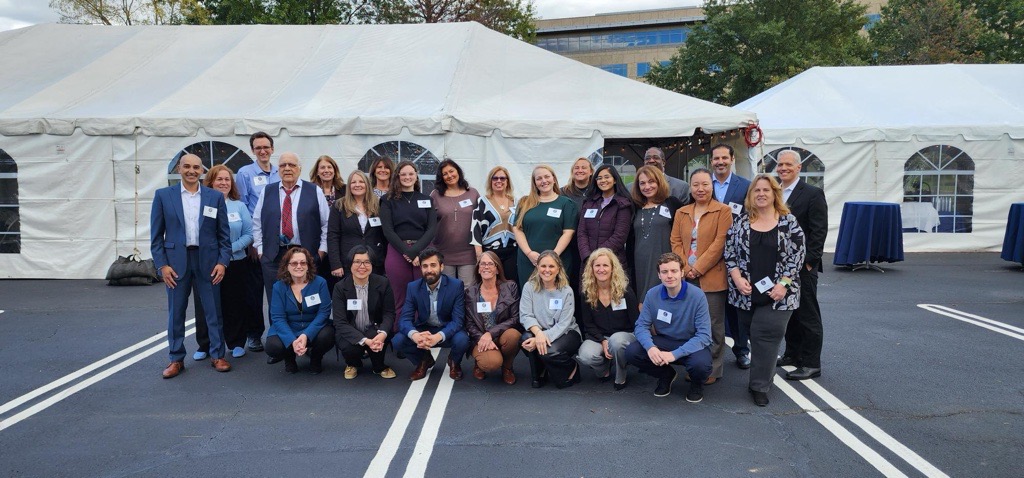2025 Tax Reset: Personal Strategies Under the One Big Beautiful Bill
July 16, 2025

With more than 800 pages of fine print, the new law rewrites rules on everything from headline brackets to niche deductions for tips and overtime. Below we highlight the provisions most likely to influence the cash flow, family support and legacy plans of high-earning entrepreneurs, executives and their loved ones. Treat this as a planning roadmap—then bring your questions to your next Omni 360 strategy session.
How we got here
The Act cleared the House on May 22, the Senate on July 1, and was signed by President Donald J. Trump on July 4, 2025. We focus on the changes you are most likely to feel—directly and through the children, employees or aging parents you help.
1. SALT, AMT & itemized-cap shake-ups
- SALT cap rises to $40,000 (or $20,000 married-filing-separately) for 2025, indexed, with an income-based phase-down and a scheduled snap-back to $10,000 after 2029 .
- AMT exemption and phase-out thresholds are made permanent and continue to index .
- A revived Section 68 “soft Pease” rule trims itemized deductions once you cross the 37 percent bracket .
Impact: High-tax-state households get a temporary break; very high earners may see some deductions clawed back elsewhere.
2. Estate & gift exemption turbo-charged
The lifetime exemption jumps to $15,000,000 per person, indexed for inflation, beginning in 2026; portability preserves $30,000,000 for married couples .
Impact: More room for tax-efficient transfers—think GRATs, dynasty trusts and intra-family sales—before valuation-discount rules get tighter.
3. Core rate relief & a bigger standard deduction
- TCJA-era lower brackets become permanent .
- Standard deduction rises to $23,625 for heads of household and $15,750 for singles, inflation-indexed .
Impact: Predictable brackets and a heftier deduction simplify withholding and quarterly-tax projections.
4. Child & dependent benefits
- Child Tax Credit increases to $2,200 and is now permanently inflation-indexed; SSNs required for both taxpayer and child .
- Dependent-care FSA exclusion climbs to $7,500 ($3,750 MFS); the Child & Dependent Care Credit jumps to a 50 percent rate for many families .
- Adoption credit becomes refundable up to $5,000 .
Impact: Even if you blow through phase-outs, richer limits can ease costs for children or employees you support.
5. Education & youth-savings upgrades
- Trump Accounts—new custodial IRAs, $5,000 annual limit, with a $1,000 government seed for newborns (2025-2028) .
- 529 plans can now cover a wider slate of K–12 and credentialing costs—up to $20,000 per child, per year .
- Employer student-loan payments stay tax-free permanently .
Impact: Flexible ways to jump-start kids’ education and early retirement savings.
6. Work-income relief: tips, overtime & car loans
- Deduct up to $25,000 of tips received (2025-2028) .
- Deduct up to $12,500 ($25,000 joint) of overtime pay (2025-2028) .
- Deduct up to $10,000 of interest on loans for new U.S-assembled cars through 2028 .
Impact: Niche breaks that can lighten the load for working children or aging parents.
7. Health, Medicaid & retirement flexibility
- Telehealth Safe Harbor for HSAs is permanent; bronze and catastrophic plans now qualify, and direct-primary-care arrangements no longer disqualify HSAs .
- Medicaid tightens eligibility with 80-hour monthly work requirements and permits states to charge cost-sharing up to $35 per service beginning 2028 .
Impact: HSA planning gets easier, while families assisting Medicaid-dependent parents may need to revisit eligibility strategies.
8. Charitable giving recalibrated
- Above-the-line cash-gift deduction doubled to $2,000 joint and made permanent .
- New 0.5 percent AGI floor on itemized gifts begins in 2026 .
Impact: Bunch gifts or use donor-advised funds to clear the higher hurdle.
9. Senior-focused & caregiver tweaks
- New $6,000 “senior deduction” for those aged 65+ applies 2025-2028 .
- Premium-tax-credit eligibility narrows, but the telehealth Safe Harbor keeps many older adults HSA-eligible .
Impact: Older entrepreneurs gain a fresh deduction; adult children supporting parents may see indirect savings.
The bottom line
From a supersized SALT cap to an inflation-proof estate exemption and Medicaid tightening, OBBB 2025 reshapes planning at every life stage. Need help modeling the impact? Reach out to your Omni 360 team—your shortcut to turning 800 pages of statute into targeted, actionable advice.
This post is for informational purposes only and is not legal or tax advice. Consult your professional advisors about your specific circumstances.




